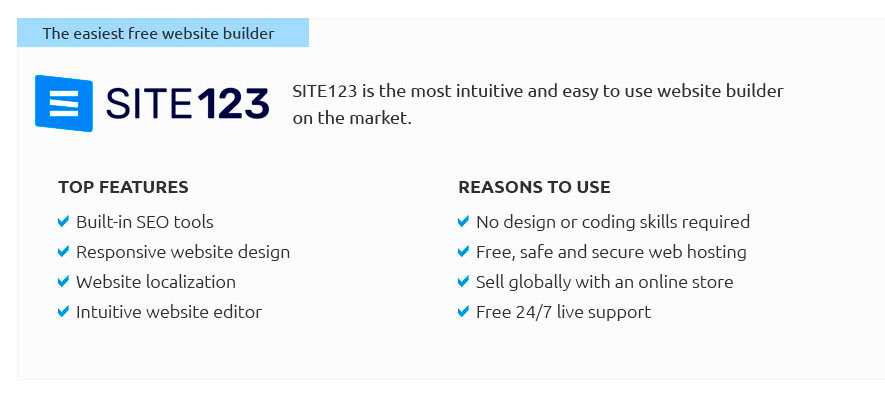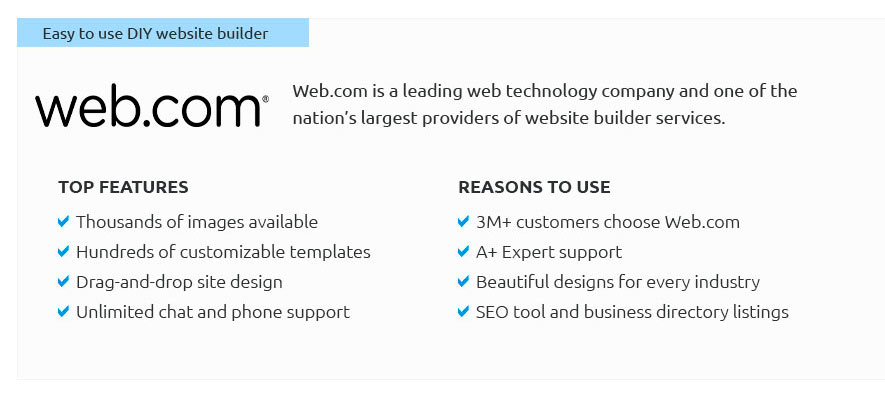 |
 |
 |
 |
|
 |
 |
 |
|
 |
|
 |
 |
|
 |
|
 |
|
 |
 |
How to Make a Legit Website: A Comprehensive GuideCreating a legitimate website is crucial in today's digital age. Whether you're building a personal blog or a business platform, understanding the basics is essential. Let's explore the steps involved in making a website that stands out. Understanding Your PurposeBefore you start, identify the purpose of your website. Is it for create business website purposes or personal use? Knowing your goals will guide your design and content decisions. Identifying Your AudienceConsider who will visit your site. Knowing your audience helps tailor content and design to meet their needs effectively. Setting Clear GoalsDefine what you want to achieve with your website. This could range from selling products to providing information or building a community. Planning Your Website StructureStructuring your website is a crucial step in the design process. Creating a Sitemap
Designing a WireframeSketch a basic layout of your pages. This helps in visualizing the user interface and planning the user experience. Choosing the Right PlatformSelect a platform that aligns with your technical skills and website needs. Content Management Systems (CMS)
For more budget-friendly options, consider exploring low cost websites for small business that provide excellent functionality. Designing Your WebsiteA well-designed website can significantly impact your visitors' experience. Choosing a ThemeSelect a theme that matches your brand. Ensure it's responsive and customizable. Branding Elements
Content CreationHigh-quality content is vital for engaging your audience and improving SEO. Writing Compelling CopyYour content should be clear, concise, and relevant to your audience. Using MultimediaIncorporate images, videos, and infographics to make your content more engaging. FAQWhat is the first step in creating a website?The first step is to determine the purpose of your website. This sets the foundation for the rest of the design and development process. How important is mobile responsiveness?Mobile responsiveness is crucial as it ensures your website functions well on all devices, enhancing user experience and improving SEO. https://themeisle.com/blog/build-a-trustworthy-website-wordpress/
We'll lay out 13 different factors that go into boosting your site's credibility with visitors, as well as suggestions for how you can implement some of these ... https://neilpatel.com/blog/build-a-trustworthy-website/
We'll go through some techniques that you can implement to ensure visitor security. We'll run through examples from other companies and give you resources. https://www.hostpapa.com/blog/marketing/7-ways-to-make-your-website-look-more-trustworthy/
We'll cover how to make your website look more trustworthy, so it appears to be a safe online destination.
|